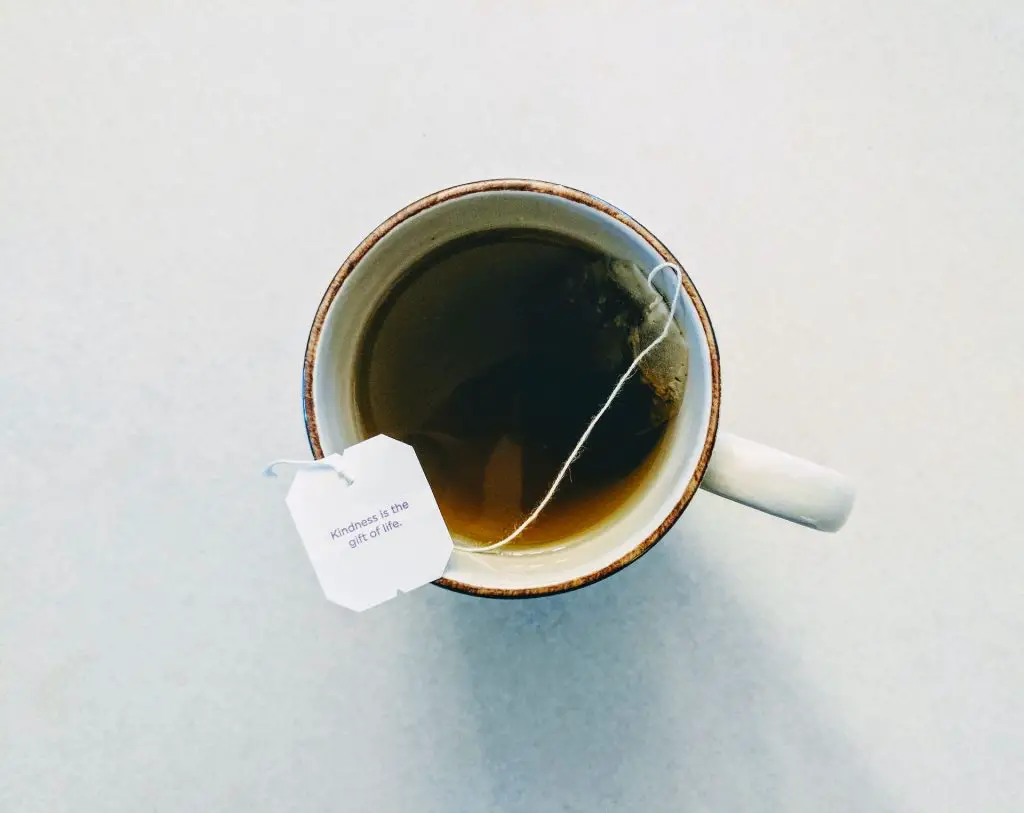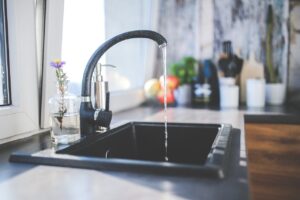Tea is one of the world’s most beloved beverages, enjoyed for its comforting warmth and a wide range of flavors and aromas. Whether you prefer the traditional elegance of tea leaves or the convenience of tea bags, making a perfect cup of tea is an art that can be mastered with a little knowledge and practice. In this comprehensive guide, we will explore the techniques and tips for brewing tea using both tea leaves and tea bags, so you can savor the full experience of this timeless beverage.
Brewing Tea with Tea Leaves
Selecting the Right Tea Leaves
The first step in making tea with tea leaves is to choose the right type of leaves. There are numerous varieties of tea available, each with its unique flavor profile. Here are some popular options:
Green Tea: Known for its grassy and vegetal flavors, green tea is unoxidized, preserving its natural green color and antioxidants.
Black Tea: With a robust and malty taste, black tea is fully oxidized, giving it a dark color and bold flavors.
Oolong Tea: Oolong tea falls between green and black tea, offering a wide range of flavors from floral to fruity to toasty.
White Tea: Delicate and subtly sweet, white tea is the least processed and has a light, refreshing taste.
Herbal Tea: Not technically tea, herbal infusions like chamomile, peppermint, and hibiscus offer a wide array of flavors and health benefits.
Measuring the Tea Leaves
The ideal tea-to-water ratio depends on the type of tea you are brewing. As a general guideline:
For black and oolong teas, use 1 teaspoon of tea leaves per 8 ounces (240 ml) of water.
For green and white teas, use 1 to 1.5 teaspoons per 8 ounces (240 ml) of water.
Herbal teas often require 1 to 2 teaspoons per 8 ounces (240 ml) of water.
Boiling Water
The water temperature is crucial for brewing tea. Different teas require varying water temperatures to extract their unique flavors without bitterness.
Black and oolong teas: Boil water to around 200-212°F (93-100°C).
Green and white teas: Heat water to about 175-185°F (80-85°C).
Herbal teas: Boil water to 212°F (100°C).
Preparing the Tea Leaves
Place the measured tea leaves in a teapot or an infuser. It’s essential to use a clean and dry teapot to avoid any residual flavors from previous brews.
Steeping Time
The steeping time also varies based on the type of tea:
Black tea: Steep for 3-5 minutes.
Oolong tea: Steep for 3-5 minutes.
Green tea: Steep for 1-3 minutes.
White tea: Steep for 2-5 minutes.
Herbal tea: Steep for 5-7 minutes.
Enjoying Your Tea
Once the tea has steeped for the appropriate time, remove the tea leaves to prevent over-extraction. Pour the tea into your cup and savor the aroma and flavor. Many tea enthusiasts prefer to enjoy their tea without milk or sugar to fully appreciate its natural taste, but you can add sweeteners or milk if you prefer.
Brewing Tea with Tea Bags
Choosing Quality Tea Bags
When opting for tea bags, it’s essential to select high-quality ones. Look for tea bags that are made of natural materials like cotton or silk and contain whole tea leaves, rather than dust or fannings, which are often found in cheaper tea bags.
Boiling Water
Just like with loose tea leaves, the water temperature matters when using tea bags:
Black and oolong tea bags: Boil water to around 200-212°F (93-100°C).
Green and white tea bags: Heat water to about 175-185°F (80-85°C).
Herbal tea bags: Boil water to 212°F (100°C).
Preparing the Tea Bag
Place the tea bag in your cup or mug. Make sure your vessel is clean and dry to avoid any undesirable flavors.
2.4. Steeping Time
The steeping time for tea bags is similar to loose tea leaves:
Black tea bags: Steep for 3-5 minutes.
Oolong tea bags: Steep for 3-5 minutes.
Green tea bags: Steep for 1-3 minutes.
White tea bags: Steep for 2-5 minutes.
Herbal tea bags: Steep for 5-7 minutes.
Removing the Tea Bag
Once the tea has steeped for the recommended time, gently remove the tea bag, squeezing it lightly against the cup’s edge to extract any excess flavor.
Customizing Your Tea
Personalize your tea by adding sweeteners, such as honey or sugar, and milk or cream to taste. You can also experiment with various flavorings like lemon, ginger, or cinnamon to create your unique blend.
Common Tips for Brewing Tea
Use Fresh Water: Always start with fresh, cold water when brewing tea. Water that has been reheated or left standing for too long may lack oxygen and affect the taste of your tea.
Proper Storage: Store tea leaves and tea bags in airtight containers away from light, moisture, and strong odors to maintain freshness and flavor.
Experiment and Explore: Don’t be afraid to experiment with steeping times, water temperatures, and flavor additions to find the perfect brew that suits your taste.
Pay Attention to Quality: Invest in high-quality tea, as the taste of your final cup greatly depends on the quality of the tea leaves or bags you use.
Be Mindful of Caffeine: Keep in mind that the caffeine content in your tea may vary depending on the type and how it’s brewed. If you’re sensitive to caffeine, opt for herbal or decaffeinated varieties.
Making tea with tea leaves or tea bags can be a delightful and rewarding experience when done correctly. Whether you prefer the elegance of loose tea leaves or the convenience of tea bags, the key is to understand the type of tea you’re brewing, control your water temperature and steeping time, and personalize your cup to suit your taste. With practice and an appreciation for the nuances of each tea, you can consistently enjoy a perfect cup of tea, tailored to your preferences. So, embrace the art of tea-making and savor the soothing and flavorful world of this timeless beverage.
Additional Tips and Techniques
Tea Brewing Equipment
While a teapot or teacup will suffice for most tea brewing, some enthusiasts prefer specialized equipment to enhance the experience. Consider these options:
Gaiwan: A traditional Chinese lidded bowl used for steeping tea leaves. It allows you to appreciate the leaves’ appearance and aroma.
Tea Infuser or Strainer: For loose tea leaves, use a tea infuser or strainer to prevent debris from entering your cup.
Tea Kettle: A dedicated tea kettle with temperature control can make it easier to achieve the desired water temperature.
Tea Timer: A timer can help you keep track of the steeping time, ensuring you don’t over- or under-brew your tea.
Water Quality
The quality of the water you use can significantly impact the taste of your tea. Ideally, use filtered or bottled water with minimal mineral content to avoid any unwanted flavors or residue.
Re-Steeping Tea Leaves
Don’t throw away your tea leaves or tea bags after the first infusion. Many high-quality tea leaves can be steeped multiple times, each time revealing different layers of flavor. Adjust the steeping time slightly with each infusion to avoid bitterness.
Iced Tea
To make iced tea with tea leaves or tea bags, follow the same steeping guidelines but use double the amount of tea leaves or bags. After steeping, allow the tea to cool, add ice cubes, and sweeten to taste. Garnish with fresh fruit slices or herbs for a refreshing twist.
Health Benefits of Tea
Tea is not only a delightful beverage but also offers various health benefits. Different types of tea provide different advantages, such as antioxidants, polyphenols, and potential cancer-fighting properties. However, be cautious with excessive caffeine intake if you’re sensitive to it.
Tea Rituals
Tea has been an integral part of cultures worldwide, often accompanied by unique rituals and ceremonies. Embrace the rich traditions associated with tea, such as the Japanese tea ceremony or the British afternoon tea, to deepen your appreciation for this ancient beverage.
In this comprehensive guide, we’ve explored the art of making tea using both tea leaves and tea bags. Whether you opt for the elegance of loose leaves or the convenience of bags, understanding the type of tea, controlling water temperature and steeping time, and personalizing your cup are key to brewing the perfect cup of tea. Experiment, explore, and enjoy the diverse world of tea, and remember that the process of making tea can be just as rewarding as the final sip.
Tea has been cherished for centuries for its soothing qualities, its ability to bring people together, and its vast array of flavors and aromas. As you embark on your tea journey, savor each cup, and relish the moments of tranquility and connection that tea can provide. Whether it’s a quiet morning ritual or a lively gathering with friends, tea has a special place in our hearts and cups, offering comfort, warmth, and a taste of tradition. So, go ahead, brew your favorite tea, and let its magic fill your senses and soul.




